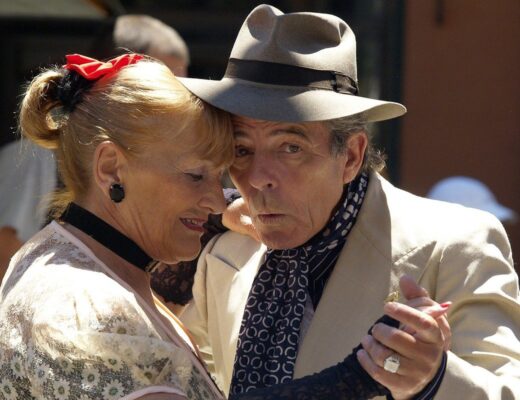I did a talk earlier this week about my movement work for The Artist’s Collective in Sacramento.
I met some new faces and saw a few old friends within the community, and needless to say, I had a delightful time!
As the collective is made up of creatives within primarily a theatre context, I wanted to make sure I addressed how character movement work is a useful tool for multiple facets of bringing a show to life.
Specifically in looking at a few ways character movement work can help writers flesh out their piece, whether for stage or screen. (Or any writing project, really.)
There’s many ways to incorporate character movement work into your writing, but the extremes would be from 100% hands-off to 100% hands-on.
So, what do I mean by that?
What are these two extremes?
Writing hands-off
On one end of the spectrum, a writer can choose to play in the territory of being completly hands-off.
That is to say there isn’t a focus or importance to how they want characters to move.
There’s no specific plot points or anything that pertains to the world you’re creating that needs to have movement addressed.
Because of this, each production is unique in how it decides to create each of the character’s movement signatures.
Or, for camera, it gives the freedom to the director and see what each actor brings in to the audition space.
This is the big thing in my opinion that is of great benefit to working this way. As the writer, you leave a great deal of choice to those putting the production together.
They have more freedom to add their flavor, brains, and creative expertise to your already brilliant story and words bringing everything to life.
Writing hands-on
Dialogue such as:
“How many times do I have to tell you, stop slouching!”
or
“You keep walkin’ on cloud 9 like that you’re gonna trip and break your neck.”
This is more of a hands-on approach as a writer. As an actor, I would read those lines and, depending on the full character arch, incorporate those traits into my character’s movement signature.
Dialogue is key.
I’d highly recommend making sure character movement elements find their way into the dialogue itself as you write, vs. being in the stage directions or elsewhere indicated in the script.
As an actor, speaking the words, or having someone say them to me, is more impactful than scanning what’s between parenthesis for important info.
I hope it goes without saying
Now, there’s a huge spectrum between these two extremes. Each project you work on is going to require something different.
It’s own personal blend or recipe, if you will.
One project may be totally hands-off except for one character who’s got such a carefree attitude like they’re walking on cloud 9 that everyone else comments on it.
But say that another project you’ve got is highly stylized. For example, you want all the triceratopses to lead with their knees and the stegosauruses with their foreheads. So you’d be more hands-on with character movement here. (What can I say, I like dinosaurs. So a play about waring triceratops and stegosaurus tribes seems like a grand idea.)
Then there’s this third project where you’re hands-off except for this one scene. It’s an argument between your two leads and the constant push-pull they have; you want to be reflected in their language to give a roadmap to the other creatives involved.
Bottom line, there’s no right or wrong way.
Only your way as a writer.
Adding character movement into your writing and knowing it’s a tool you have to utilize will make your work stronger. It makes it more real, or surreal, whatever real means to you.
So, keep writing, keep moving, keep experimenting!
Keep creating 🙂




